Pendex distalization protocol: clinical steps and biomechanics
Soluções e protocolos clínicos
Introduction: Class II treatment without extractions is one of the most vibrant topics in modern orthodontics. The possibility of en masse distalization of upper teeth, using absolute anchorage, or in two stages, with the use of intraoral distalizers, using both tooth-borne and bone-borne anchorage, allows, when well-indicated, therapy without the extraction of healthy teeth. The Pendex, with various designs, is a versatile device that can be used in both mixed and permanent dentition, being especially useful when the goal is to recover space in the maxilla. Objective: The objective of...
Autores:

Você já deve ter se deparado com situações em que aquele último dente da arcada do paciente, em geral o segundo molar permanente, está lá, bonitão, irrompido na cavidade bucal, e você precisa tomar uma decisão: incluí-lo ou não na mecânica ortodôntica?
Leia mais
Cibele Albergaria e Priscila Ayub são mulheres exuberantes do século XXI. Cibele é mineira, residente em Brasília, e vive conectada a Ouro Preto, sua cidade natal. Entusiasta da criatividade, inovação e empreendedorismo, nas áreas de Odontopediatria e Ortodontia, em que é especialista. Ela faz a ponte entre as duas especialidades como ninguém. Valoriza profundamente a ciência, a arte e a cultura, trazendo mais cor e alegria à área de Ortodontia Infantil. Ela idealizou e criou a...
Leia mais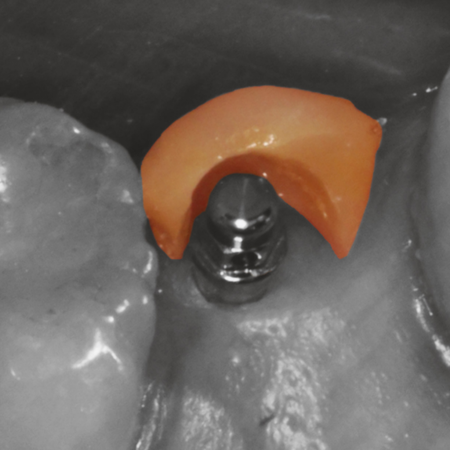
Introdução: As ausências dentárias por perda ou agenesia são frequentes em Ortodontia, e comprometem a estética durante e após o tratamento. Uma das opções para substituir dentes ausentes durante e após o tratamento é a adaptação de um provisório a um mini-implante ortodôntico inserido verticalmente na região edêntula, com auxílio de resina flow com carga. Conclusão: O provisório pode servir como ancoragem durante o tratamento ortodôntico e como contenção até a idade...
Leia mais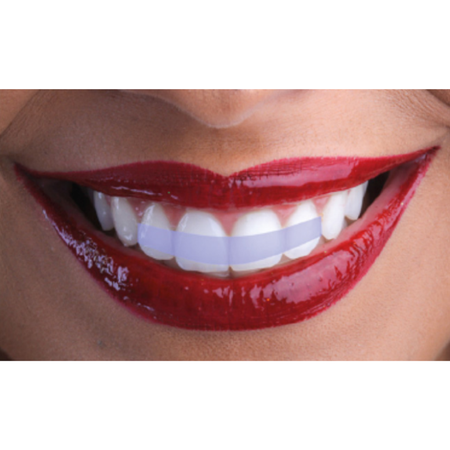
Introdução: A atenção destinada à importância da estética rosa, no aspecto exposição e contorno gengival, elevou a qualidade dos resultados estéticos ortodônticos. Dentro desse contexto, o papel da papila gengival, assim como os fatores que determinam e/ou influenciam a sua presença e aparência precisam ser devidamente diagnosticados e interpretados. Objetivos: Identificar as alterações papilares e suas possíveis soluções, tanto do ponto de vista periodontal quanto...
Leia mais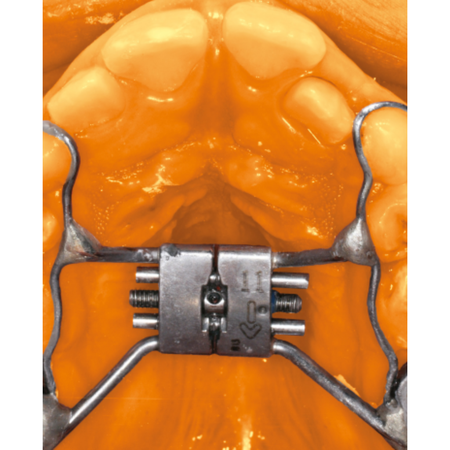
Introdução: Alguns tratamentos de más oclusões podem ser feitos estrategicamente em duas fases. A primeira fase consiste em uma abordagem de interceptação de algum problema dentário ou esquelético, na dentição mista, com o objetivo de normalizar o crescimento ou a troca dos dentes. Entre os problemas existentes, a atresia maxilar é corrigida com muita eficiência durante a dentição mista, com a expansão rápida da maxila. Porém, mesmo normalizando os problemas transversais...
Leia mais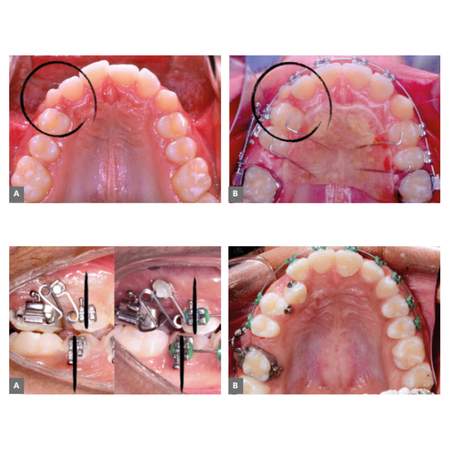
Introdução: O tratamento da Classe II sem extrações é um dos tópicos mais vibrantes da Ortodontia moderna. A possibilidade de distalização dos dentes superiores em bloco, com uso de ancoragem absoluta, ou em duas etapas, com o uso de distalizadores intrabucais, usando ancoragens tanto dentossuportadas quanto osseossuportadas, permite, quando bem indicada, a terapia sem extrações de dentes saudáveis. O Pendex, com designs variados, é um dispositivo versátil, que pode ser usado tanto...
Leia mais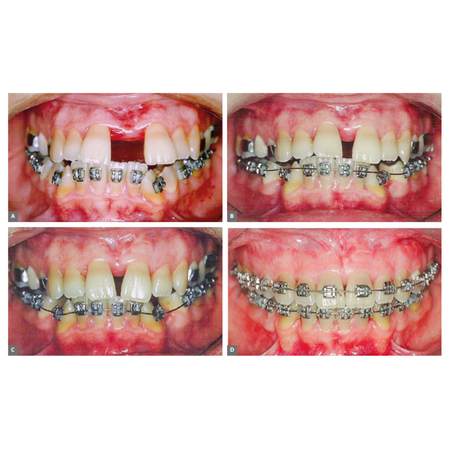
Introdução: Uma avaliação prévia e o domínio da técnica são muito importantes para o sucesso da expansão maxilar ortopédica em adultos (EMOA). Porém, os efeitos e a estabilidade também são essenciais para se obter uma oclusão adequada. Objetivo: Discutir os principais efeitos dentários, esqueléticos e faciais das técnicas MARPE (Miniscrew-assisted Rapid Palatal Expander) e SARPE (Surgically-Assisted Rapid Palatal Expansion). Métodos: Serão discutidos, detalhadamente, todos...
Leia mais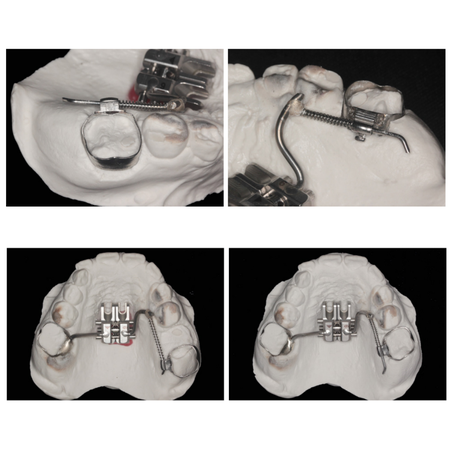
Introdução: A perda precoce dos segundos molares decíduos superiores ainda na infância é relativamente comum, e muitas vezes está relacionada com a erupção ectópica do primeiro molar permanente. Nesses casos, normalmente é necessária a distalização com objetivo de recuperar espaço. Objetivo: Descrever a confecção de um aparelho expansor híbrido com mola de NiTi aberta comprimida, permitindo distalização contínua sem a necessidade de ativações periódicas por parte do...
Leia mais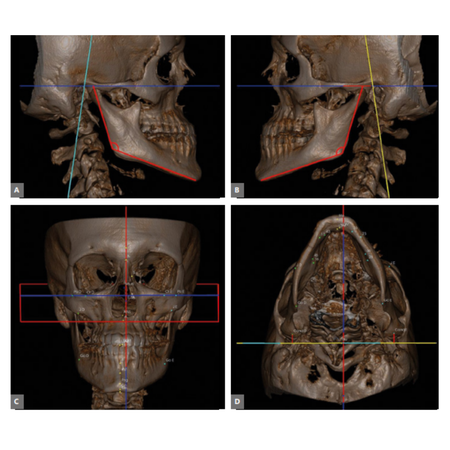
Introdução: A discrepância maxilomandibular de Classe III tem etiologia multifatorial e é caracterizada pelo prognatismo mandibular e/ou retrognatismo maxilar. Ela resulta em alterações esqueléticas/dentárias que interferem tanto em aspectos comportamentais quanto funcionais, e pode ser tratada de forma compensatória ou com o preparo ortodôntico para a cirurgia ortognática. Objetivo: O objetivo do presente artigo é apresentar o diagnóstico 3D e a mecânica com ancoragem ampliada...
Leia mais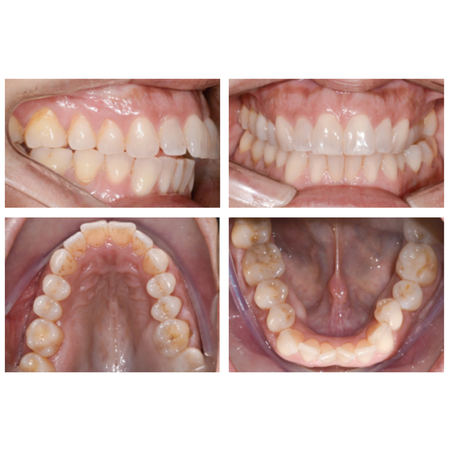
Objetivo: Relatar o caso clínico de uma paciente adulta com Classe II esquelética e dentária com apinhamento e mordida cruzada posterior. Caso clínico: Após análise dos elementos de diagnóstico clínicos, fotográficos e radiográficos, optou-se por um tratamento em duas fases: primeira fase com expansão maxilar utilizando aparelho MARPE para correção da mordida cruzada posterior e redução do corredor bucal amplo; segunda fase com alinhadores estéticos da marca Invisalign, para...
Leia mais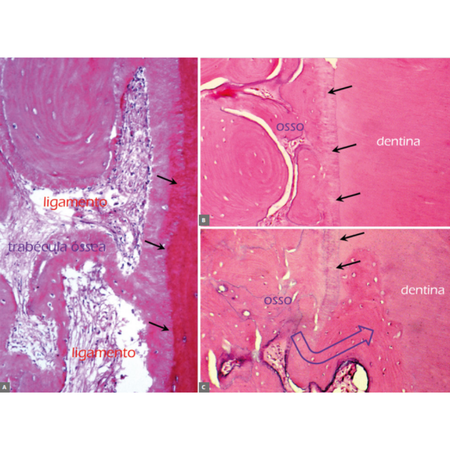
Introdução: A anquilose alveolodentária representa a precursora da reabsorção dentária por substituição. Objetivo: Esclarecer os questionamentos de clínicos sobre o tratamento da anquilose alveolodentária e da reabsorção por substituição. Metodologia: Serão discutidas sete perguntas mais frequentes sobre a anquilose alveolodentária e a reabsorção por substituição. Resultados e Conclusão: A anquilose alveolodentária e a reabsorção por substituição podem ser...
Leia mais
Es posible que ya te hayas encontrado con situaciones en las que el último diente de la arcada del paciente, normalmente el segundo molar permanente, está ahí, sin molestar, ha hecho erupción en la cavidad bucal, y tienes que tomar una decisión: ¿incluirlo o no en la mecánica ortodóncica? Bueno, amigos míos, sepan que todavía existen opiniones dicotómicas sobre este tema, y que pueden generar largos debates entre nosotros. Sin embargo, surge la pregunta: “¿Por qué entre los...
Leia mais
Cibele Albergaria y Priscila Ayub son mujeres exuberantes del siglo XXI. Cibele es de Minas Gerais (Brasil), reside en Brasília y vive conectada a Ouro Preto, su ciudad natal. Entusiasta de la creatividad, la innovación y el emprendimiento, en las áreas de Odontología Pediátrica y Ortodoncia, en las que es especialista. Ella cierra la brecha entre las dos especialidades como nadie. Valora profundamente la ciencia, el arte y la cultura, aportando más color y alegría al campo de la...
Leia mais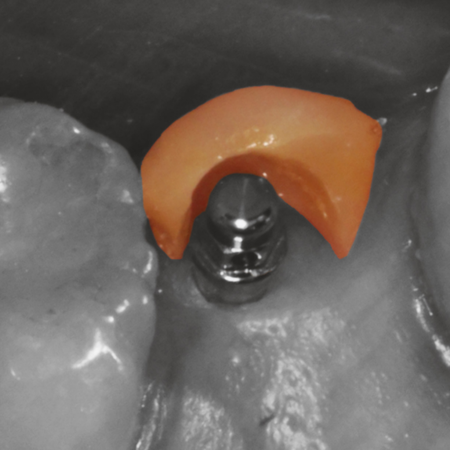
Introducción: La falta de dientes por pérdida o agenesia es frecuente en el tratamiento de ortodoncia, y compromete la estética durante y después del tratamiento. Una de las opciones para reemplazar los dientes perdidos durante y después del tratamiento es la adaptación de un provisional a un miniimplante ortodóncico insertado verticalmente en la región edéntula, con la ayuda de resina flow con carga. Conclusión: El provisional puede servir como anclaje durante el tratamiento de...
Leia mais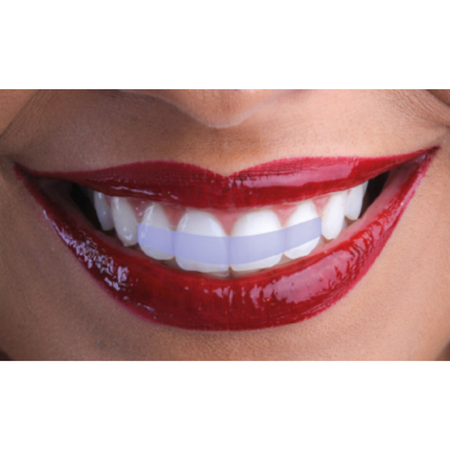
Introducción: La atención prestada a la importancia de la estética rosa, en términos de exposición y contorno gingival, ha aumentado la calidad de los resultados estéticos de la Ortodoncia. En este contexto, es necesario diagnosticar e interpretar adecuadamente el papel de la papila gingival, así como los factores que determinan y/o influyen en su presencia y apariencia. Objetivos: Identificar los cambios papilares y sus posibles soluciones, tanto desde el punto de vista periodontal...
Leia mais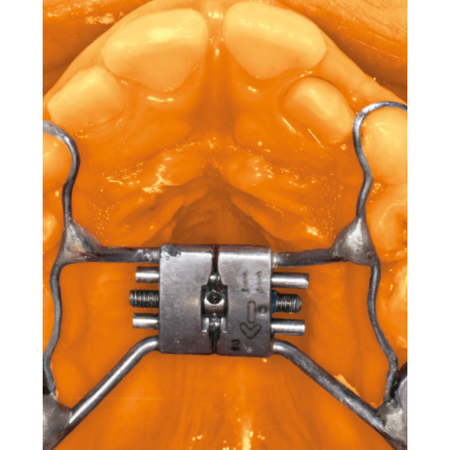
Introducción: Algunos tratamientos de maloclusión se pueden realizar estratégicamente en dos fases. La primera fase consiste en un abordaje para interceptar cualquier problema dental o esquelético, en la dentición mixta, con el objetivo de normalizar el crecimiento o recambio dentario. Entre los problemas existentes, la atresia maxilar se corrige de forma muy eficaz durante la dentición mixta, con la expansión rápida de la maxila. Sin embargo, incluso normalizando los problemas...
Leia mais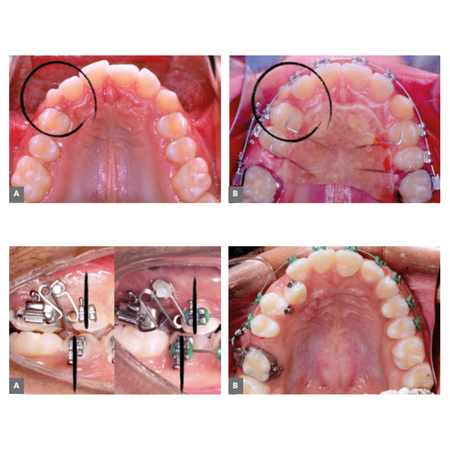
Introducción: El tratamiento de la Clase II sin extracción es uno de los temas más vibrantes de la Ortodoncia moderna. La posibilidad de distalizar los dientes superiores en bloque, utilizando anclaje absoluto, o en dos tiempos, con el uso de distalizadores intraorales, utilizando anclajes tanto dentosoportados como óseosoportados, permite, cuando está bien indicado, una terapia sin extracciones de dientes sanos. El Pendex, con diferentes diseños, es un dispositivo versátil que puede...
Leia mais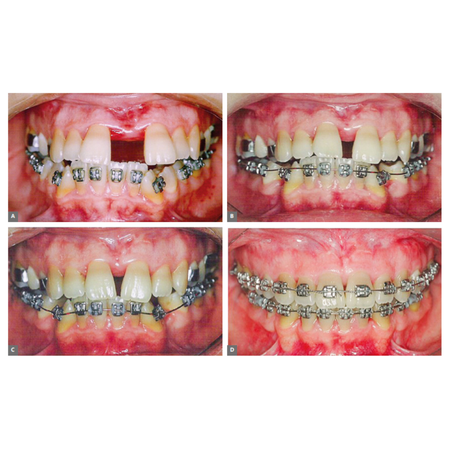
Introducción: La valoración previa y el dominio de la técnica son muy importantes para el éxito de la expansión maxilar ortopédica en adultos (EMOA). Sin embargo, los efectos y la estabilidad también son esenciales para obtener una oclusión adecuada. Objetivo: Discutir los principales efectos dentales, esqueléticos y faciales de las técnicas MARPE (Miniscrew-assisted Rapid Palatal Expander) y SARPE (Surgically-Assisted Rapid Palatal Expansion). Métodos: Se comentarán...
Leia mais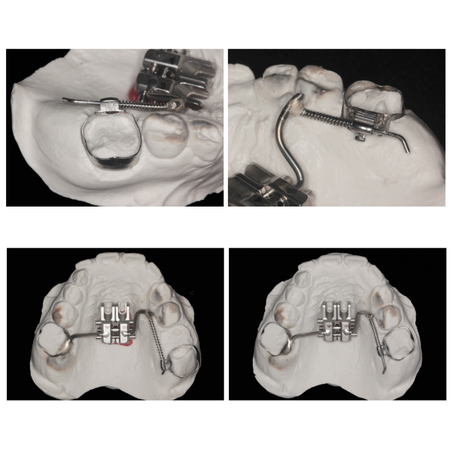
Introducción: La pérdida temprana de los segundos molares deciduos superiores en la infancia es relativamente común y a menudo está relacionada con la erupción ectópica del primer molar permanente. En estos casos suele ser necesaria la distalización para recuperar espacio. Objetivo: Describir la construcción de un dispositivo expansor híbrido con un resorte de NiTi abierto comprimido, que permite una distalización continua sin necesidad de activaciones periódicas por parte del...
Leia mais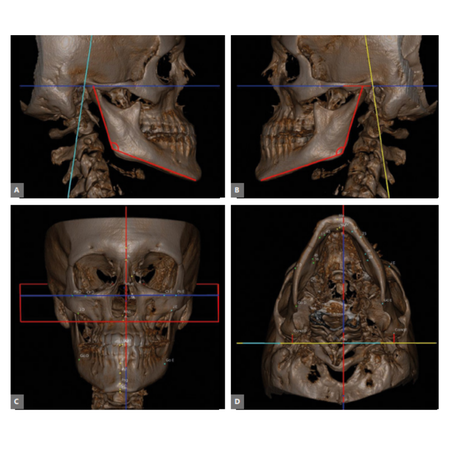
Introducción: La discrepancia maxilomandibular de Clase III tiene una etiología multifactorial y se caracteriza por prognatismo mandibular y/o retrognatismo maxilar. Resulta en cambios esqueléticos/dentales que interfieren con aspectos tanto conductuales como funcionales, y puede tratarse de manera compensatoria o con preparación ortodóncica para cirugía ortognática. Objetivo: El objetivo de este artículo es presentar el diagnóstico 3D y la mecánica con anclaje extendido con...
Leia mais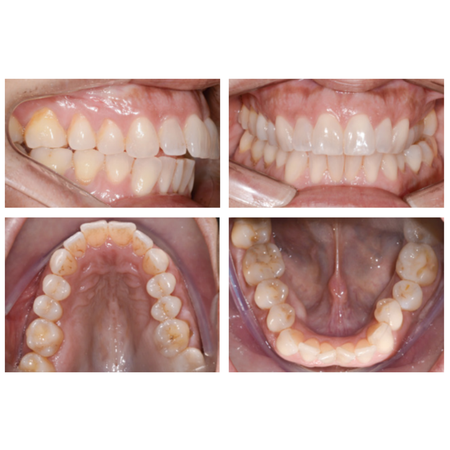
Objetivo: Reportar el caso clínico de un paciente adulto con Clase II esquelética y dental con apiñamiento y mordida cruzada posterior. Caso clínico: Luego de analizar los elementos diagnósticos clínicos, fotográficos y radiográficos, se optó por un tratamiento de dos fases: primera fase con expansión maxilar mediante aparato MARPE para corregir la mordida cruzada posterior y reducir el amplio corredor vestibular; Segunda fase con alineadores estéticos de la marca Invisalign, para...
Leia mais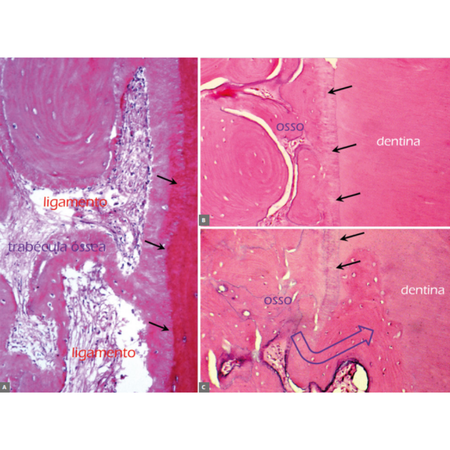
Introducción: La anquilosis alveolodental representa se presenta como el precursor de la reabsorción radicular por sustitución. Objetivo: aclarar las preguntas de los dentistas sobre el tratamiento de la anquilosis alveolodental y la reabsorción radicular por sustitución. Metodología: Se discutirán las siete preguntas más frecuentes sobre la anquilosis alveolodental y la reabsorción radicular por sustitución. Resultados y conclusión: La anquilosis alveolodental y la reabsorción...
Leia mais
You may have come across situations in which that last tooth in the patient’s arch, usually the second permanent molar, is there, looking beautiful, erupted in the oral cavity, and you have to make a decision: to include it in the orthodontic mechanics or not?
Leia mais
Cibele Albergaria and Priscila Ayub are exuberant women of the 21st century. Cibele is from Minas Gerais, living in Brasília and connected to her hometown of Ouro Preto. She is enthusiastic about creativity, innovation and entrepreneurship in the areas of pediatric dentistry and orthodontics, in which she specializes. She bridges the gap between the two specialties like no one else. She deeply values science, art and culture, bringing more color and joy to the field of children’s...
Leia mais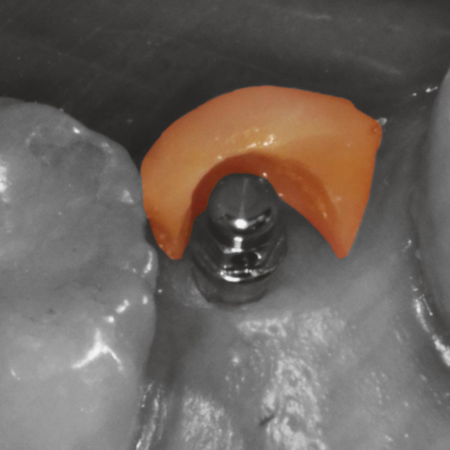
Introduction: Missing teeth due to loss or agenesis are common in Orthodontics and compromise aesthetics during and after treatment. One of the options for replacing missing teeth during and after treatment is the adaptation of a provisional to a orthodontic mini-implant inserted vertically in the edentulous region, with the aid of filled flowable composite. Conclusion: The provisional can serve as anchorage during orthodontic treatment and as retention until the ideal age for the definitive...
Leia mais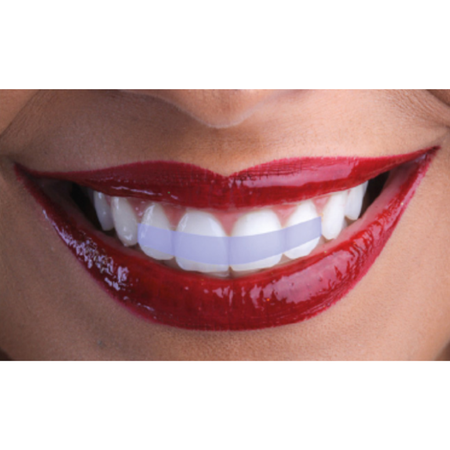
Introduction: Attention to the importance of pink esthetics, concerning the gingival exposure and contour, has increased the quality of esthetic orthodontic results. Within this context, it is important to understand the role of the gingival papilla, and the factors determining and/or influencing its presence and aspect should be properly diagnosed and interpreted. Objectives: To identify the changes in papillae and their possible solutions from both periodontal and orthodontic standpoints,...
Leia mais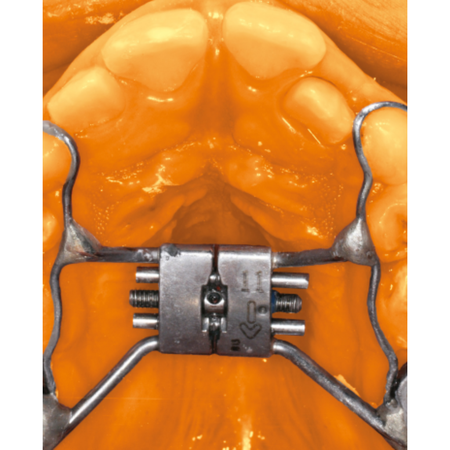
Introduction: Some malocclusion treatments can be strategically carried out in two phases. The first phase consists of an interceptive approach to any dental or skeletal problems in the mixed dentition, with the aim of normalizing growth or tooth replacement. Among the existing problems, maxillary atresia is effectively corrected during mixed dentition with rapid maxillary expansion. However, even if the transversal problems are normalized at this stage, the possibility of other...
Leia mais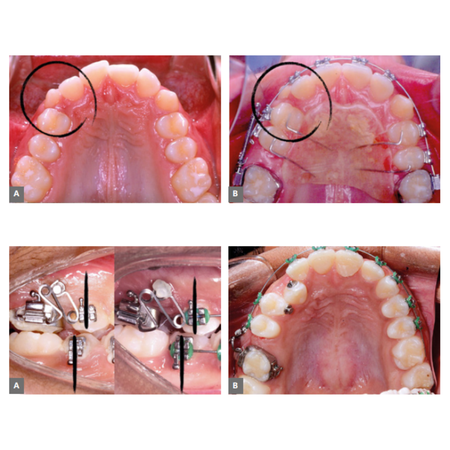
Introduction: Class II treatment without extractions is one of the most vibrant topics in modern orthodontics. The possibility of en masse distalization of upper teeth, using absolute anchorage, or in two stages, with the use of intraoral distalizers, using both tooth-borne and bone-borne anchorage, allows, when well-indicated, therapy without the extraction of healthy teeth. The Pendex, with various designs, is a versatile device that can be used in both mixed and permanent dentition, being...
Leia mais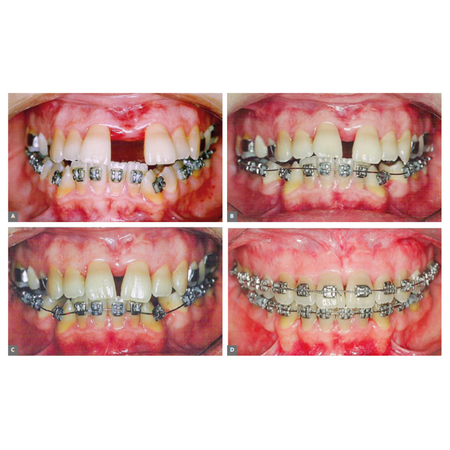
Introduction: Prior assessment and mastery of the technique are very important for the success of orthopedic maxillary expansion in adults (OMEA). However, its effects and stability are also essential to obtain adequate occlusion. Objective: To discuss the main dental, skeletal and facial effects of MARPE (Miniscrew-assisted Rapid Palatal Expander) and SARPE (Surgically-Assisted Rapid Palatal Expansion) techniques. Methods: All effects and, mainly, the state of the art in the stability of these...
Leia mais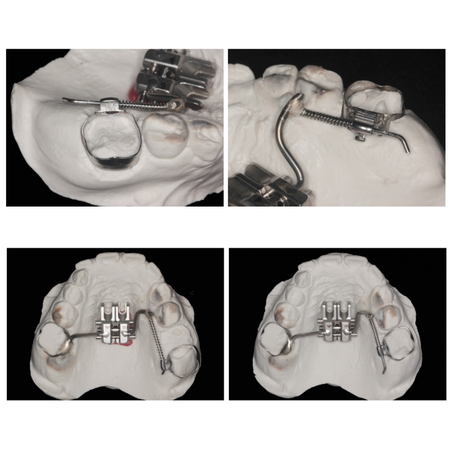
Introduction: Premature loss of primary maxillary second molars associated to ectopic eruption of the permanent first molar in childhood is a relatively common occurrence. In such cases, distalization aiming space recover is normally needed. Objective: To describe the manufacture of a Hybrid expander with an open compressed NiTi spring that allows continuous distalization, without the need for the orthodontist to perform periodic activations. Conclusion: The use of the expander prevents...
Leia mais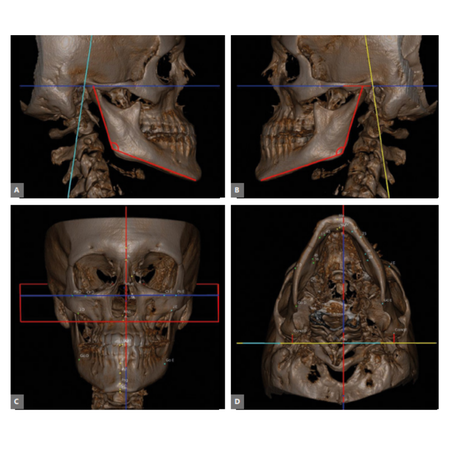
Introduction: Class III maxillomandibular discrepancy has a multifactorial etiology, and is characterized by mandibular prognathism and/or maxillary retrognathism. This condition results in skeletal/dental alterations that impact both behavioral and functional aspects, and can be treated either compensatorily or with orthodontic preparation for orthognathic surgery. Objective: The aim of this article is to present the 3D diagnosis and the mechanics with extended anchorage using miniplates in...
Leia mais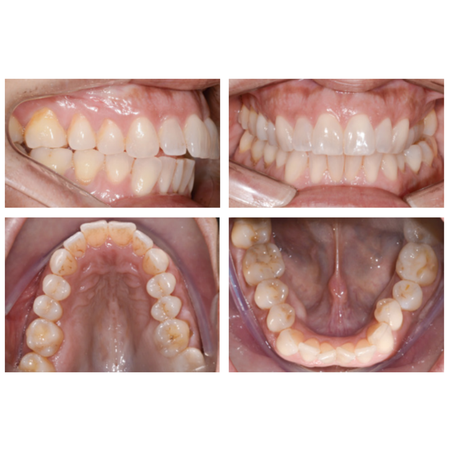
Objective: To report the clinical case of an adult patient with skeletal and dental Class II, crowding and posterior crossbite. Clinical case: After analyzing the clinical, photographic and radiographic diagnostic elements, a two-phase treatment was chosen: first phase with maxillary expansion using the MARPE appliance to correct the posterior crossbite and reduction of the wide buccal corridor; second phase with Invisalign aesthetic aligners to correct crowding and dental Class II. Results:...
Leia mais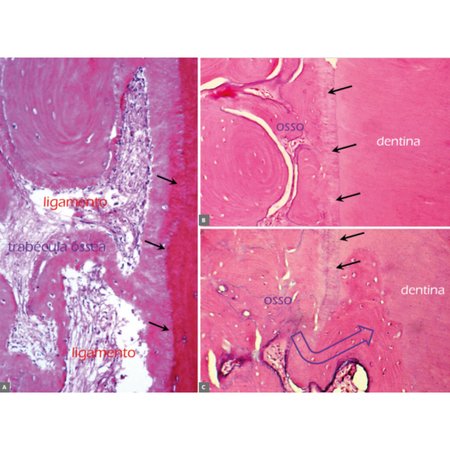
Introduction: Alveolodental ankylosis is the predecessor of replacement tooth resorption. Objective: To clarify questions from clinicians about the treatment of alveolodental ankylosis and replacement resorption. Methods: Seven frequently asked questions about alveolodental ankylosis and replacement resorption will be discussed. Results and Conclusion: Alveolodental ankylosis and replacement resorption can be diagnosed by imaging, even in association with clinical signs. Deciduous and permanent...
Leia maisCopyright © 1998 - 2022 DentalGO | Todos Direitos Reservados. DentalGO é uma marca Dental Press